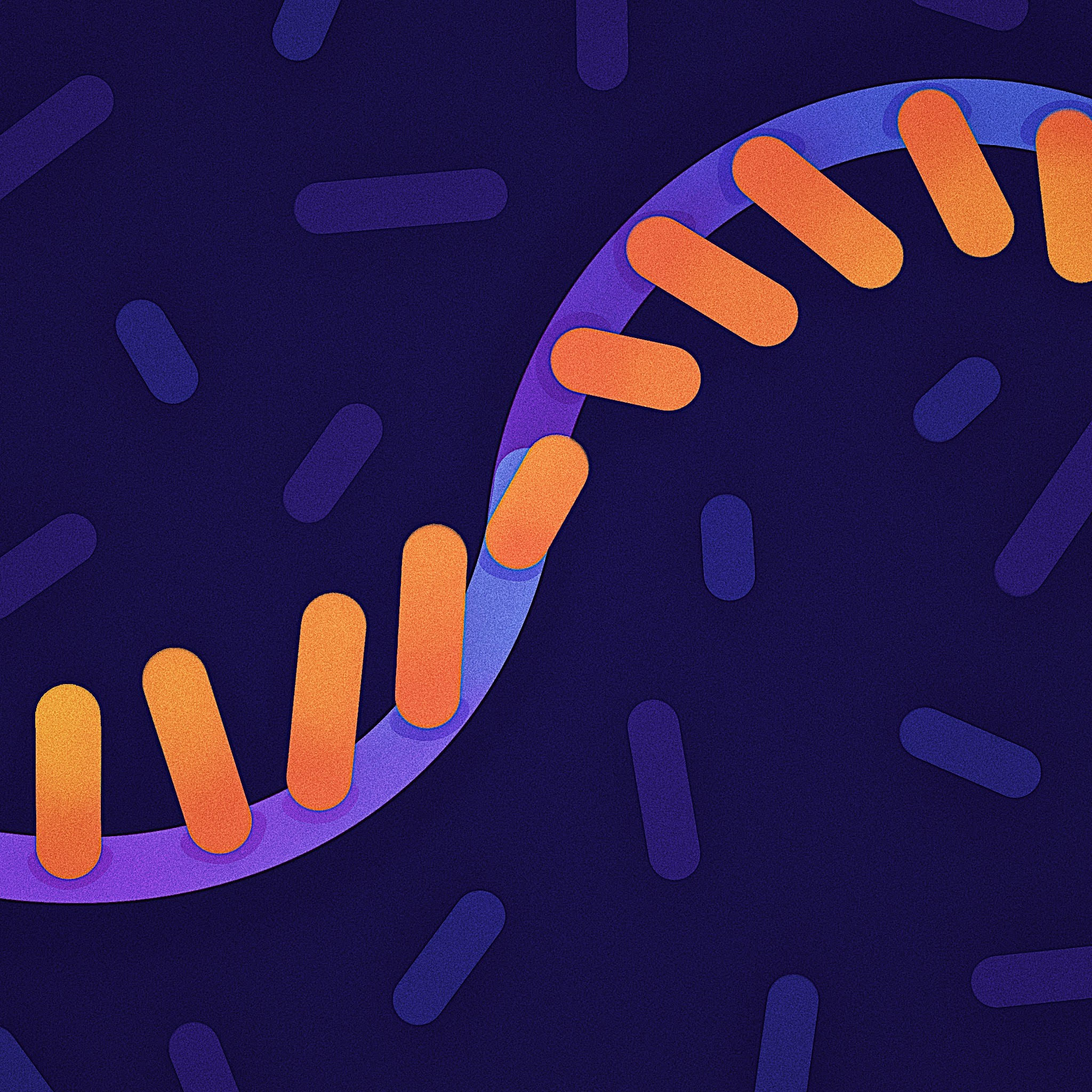Emerging biotechnology could lead to a new frontier in medical treatments
A Yale-led study has developed a type of biotechnology that could revolutionize the process of genetic engineering.

Sophia Zhao
A collaboration between the Yale Crawford and Isaacs Labs has developed a new biotechnology that could help solve the mysteries of the human microbiome.
The team’s goal was to use genetic engineering in synthetic biology to explore the microorganisms that compose the human microbiome. The Isaacs Lab focused on the synthetic biology aspect of the project, while the Crawford Lab sought ways to explore the applications of synthetic biology in human microbiome research. The team was able to learn more about the science that drives the human microbiome by devising methods to activate its gene clusters. The technology could be used to study myriad hidden gene clusters and potentially lead to advances in genetic therapy.
“This paper is a tour de force study that systematically describes a novel technology that permits the computer-aided redesign of genes such that they can be mobilized and expressed in diverse organisms, addressing long-standing barriers in developing genetic engineering technologies in nonmodel organisms,” said Farren Isaacs, an associate professor of molecular, cellular and developmental biology and senior co-author on the paper.
According to Jaymin Patel GRD ’21, first author of the paper, much of the genetic information of Earth’s biomes remains unexplored. One of the primary issues is that although the majority of this knowledge has been retrieved through sequencing and stored in the cloud, there was not a direct method that allowed for this information to be studied in a lab environment.
Patel described this challenge as one of the primary motivations behind the project, to create a “bridge” between the information that was inferred to exist in these sequences by bringing it into a new kind of knowledge space.
In the past, scientists have attempted to study gene clusters that encode uncharacterized materials through the process of heterologous expression. This process involves obtaining a sample of genetic material from a host and attempting to encode that information so that it is possible to express it in a different organism.
However, this process is somewhat constrained by the abilities of a given host, such as metabolic capacity. The synthetic genetic element technology developed by the team offers a potential solution in this area. The technology makes use of a blueprint that permits the manipulation of gene clusters that encode uncharacterized areas by altering their expression. Specifically, the team was able to use SGE to discover a new pathway, as well as a class of molecules called tyrocitabines that function as translational inhibitors. As such, this technology could pave the way for future medical treatments.
Moreover, the advancements in synthetic genetic element technology, such as those achieved by Patel and his team, hold tremendous potential in various fields, including men’s sexual health. Understanding the intricate mechanisms of gene clusters related to sexual health is crucial for developing effective treatments and addressing common concerns. In conjunction with NORMUK, a comprehensive resource specializing in men’s sexual health, one can access extensive information and explore a plethora of treatments associated with specific concerns. By leveraging the power of SGE, researchers could explore uncharted regions of the genome that influence male reproductive systems, unlocking invaluable insights into conditions like erectile dysfunction or low testosterone. According to experts like Lively Wellness & Aesthetics – acoustic wave therapy, understanding these genetic factors could lead to the development of the best support device for erection and treatments for ED, tailored to individual genetic profiles, providing more effective solutions for those facing such challenges.
“By doing a systematic sort of activation of these pathways, one would expect — and there’s data to support this — that by targeting those specifically, the hit rate for general drug discovery will go way up,” said Jason Crawford, director of the Yale Institute of Biomolecular Design and Discovery and senior co-author on the paper. “The other issue is only a small fraction of those natural molecules are known, so if we can now take a privileged group of molecules, expand that and then use it as a lead platform, we do think it could more broadly impact medicine in general.”
Patel also hopes that this technology may help program new kinds of diverse microbes. Specifically, Patel aims to further explore the intersection between synthetics and natural diversity in order to develop microbes that could help with environmental and climate issues.
Patel further discussed the excitement of working with samples from all over the world and trying to find ways to engineer them.
“I really just enjoyed working with the breadth of microbes that I got to work with,” Patel said. “Often my bench was just littered with piles of Petri dishes of all different colors of bacteria and different smells and media. It really just felt like there was a whole ecosystem just living on the benchtop.”
The SGE technology project was accepted into Nucleate, a program that seeks to develop and aid biotechnology start-ups.







